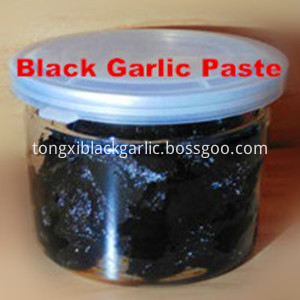Cold winter chicken house safety measures against cold
During the winter season, the chickens are susceptible to cold and the whole body reacts to the cold, resulting in decreased egg production, reduced feed conversion, and even respiratory disease. If shepherd temperature is too low, it will also freeze chicken cocks, meat sticks and chicken feet. Therefore, it is the top priority in the winter and spring feeding management work to do a good job of keeping cold insulation in the chicken coop. The chicken house should be kept cold and warm to make the following points. First, increase the insulation of the chicken house If the roof of the chicken house and the northern wall are found frosted, the ceiling of the insulation layer should be increased. The insulation layer can be increased with plastic sheets or linoleum paper to block the north window. Wind barriers can also be provided to ease the cold wind in the proper place of the main wind from the house. The optimum temperature for laying eggs is 18~23°C, and the ideal temperature is 21°C. If it is lower than 13°C, the egg production of the breeder will decrease; if it is lower than 12°C, the growth and development of the broiler will be severely hindered. When the temperature is low, the fan speed can be reduced, reducing air circulation. Second, according to the appropriate adjustment of feeding temperature In the same condition, the energy requirement is different under different temperatures. In the winter and spring season, broiler breeders can feed 150 to 170 grams of feed each day, which increases the feed heat energy by 12.1 to 12.3 MJ, which can meet the needs of low-temperature heat energy. In the event of a cold spell, the temperature dropped abruptly, and the chickens themselves could not adjust the feed intake all at once. It would have a great reaction. Therefore, we should pay attention to the weather forecast at any time. Add 1 to 2 grams of feed to each chicken 1 to 2 days before the onset of the cold current. For 3 to 5 days, the chickens can get 112.8 to 142.1 Mg of heat in order to maintain body temperature. And egg production levels. For each temperature drop of 3°C, about 5 grams of feed should be added. After the cold weather passed and the temperature rose, it returned to the original amount of feed. At the same time pay special attention to the quality and quantity of various amino acids. Increase the proportion of dietary energy in the feed and appropriately reduce the protein content. Third, keep the air flow in the house In order to keep warm in winter, the chicken house is often closed behind the closed doors and closed tightly, resulting in air pollution, humidity, and bedding moisture. Ammonia, hydrogen sulfide, carbon dioxide, methane and fecal odor have a negative impact on the feather growth and feet of chickens. In severe cases, respiratory diseases, ascites in broilers, etc. may occur. Therefore, a certain gas flow rate (0.1 to 0.2 m/s) should be maintained in the winter house so that the ammonia concentration in the house does not exceed 200 mg/kg, the hydrogen sulfide does not exceed 10 mg/kg, and the carbon dioxide does not exceed 0.5%. , To meet the chicken house health standards.
Black Garlic Paste is made of Peeled Black Garlic without supplements. The paste appears brown to black and is without any impurities. It has a rich garlic odor and it tastes sour with a hint of sweet.The paste is convenient and very easy to eat. It is usable directly after opening, eaten directly or spreaded on bread slices and biscuits.
Black Garlic Sause(Paste) Black Garlic Sauce,Black Garlic Paste,Fermented Black Garlic Sauce,Pure Black Garlic Paste Zhucheng Tongxi Commercial And Trade Co.,Ltd. , https://www.blackgarlicgroup.com
